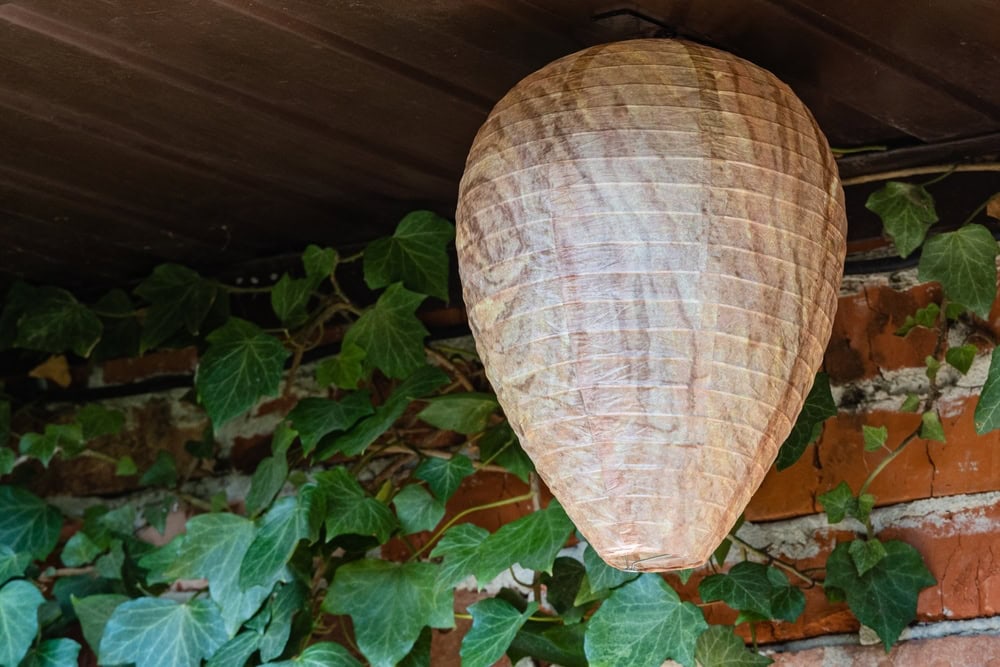Professional wasp nest removal that eliminates the danger without putting your family at risk.

Hear from Our Customers

You’ll step outside without scanning for wasps first. Your kids can play in the yard again without you holding your breath every time they run near that corner where the nest used to be.
The barbecue gets moved back to its normal spot. You stop taking the long way around your own property. That constant low-level anxiety about getting stung while doing yard work just disappears.
Most importantly, you know the job was done right the first time. No half-measures that leave part of the colony alive to rebuild. No wondering if they’ll be back next week because someone just knocked down the visible part of the nest.
We’ve been dealing with South Jersey’s wasp problems for years. We know the difference between yellow jackets and paper wasps, where they build their nests, and how aggressive they get when threatened.
We’re the crew that shows up with the right equipment and actually knows how to use it. While other companies treat wasp removal like an afterthought to their general pest control services, we specialize in getting these jobs done safely and completely.
You won’t find us spraying from twenty feet away and hoping for the best. We get close, we get it all, and we make sure it stays gone.

First, we locate every nest on your property, not just the obvious one you called about. Wasps often build multiple nests, and missing even one means the problem isn’t solved.
We suit up in professional-grade protective equipment and approach each nest with the right treatment method. Ground nests get handled differently than the ones tucked under your eaves or inside wall voids. Each situation requires specific techniques and products.
After elimination, we remove the physical nest structure and treat the area to prevent recolonization. Wasps have a tendency to rebuild in the same spots if you don’t eliminate the pheromone markers they leave behind.
We’ll walk your property with you afterward and point out conditions that attract wasps, so you can make simple changes that reduce the chances of future infestations.

Ready to get started?
You get a thorough property inspection, not just treatment of the nest you already found. We locate every active colony and assess the risk level of each one.
Every technician arrives with professional protective gear and specialized equipment designed specifically for wasp removal. We’re not improvising with hardware store sprays and hoping our regular work clothes are enough protection.
The service includes complete nest removal and site treatment to prevent reestablishment. We also provide you with specific recommendations for your property based on what we observe during the inspection.
Emergency service is available for aggressive colonies that pose immediate danger. We understand that some wasp situations can’t wait until next week’s regular appointment slot.
